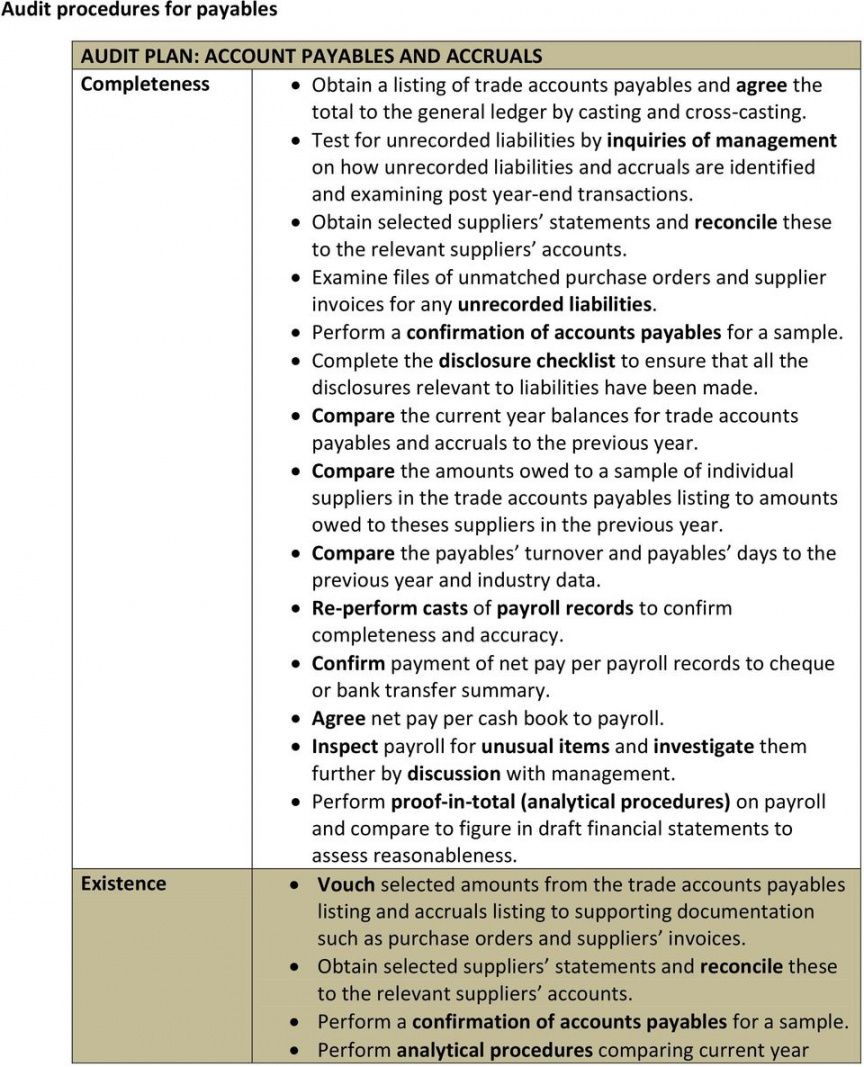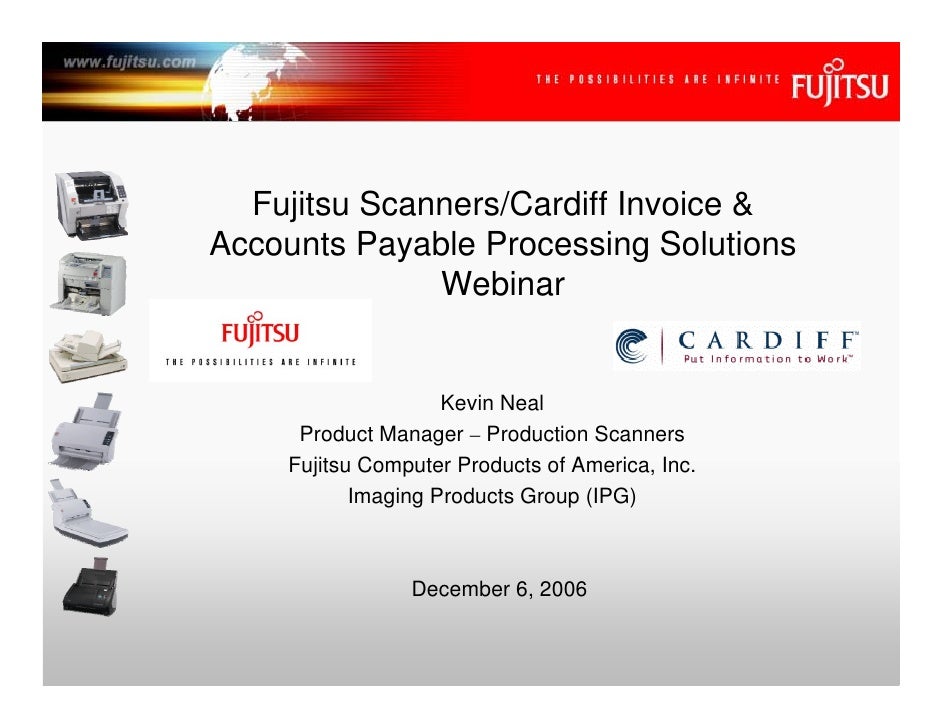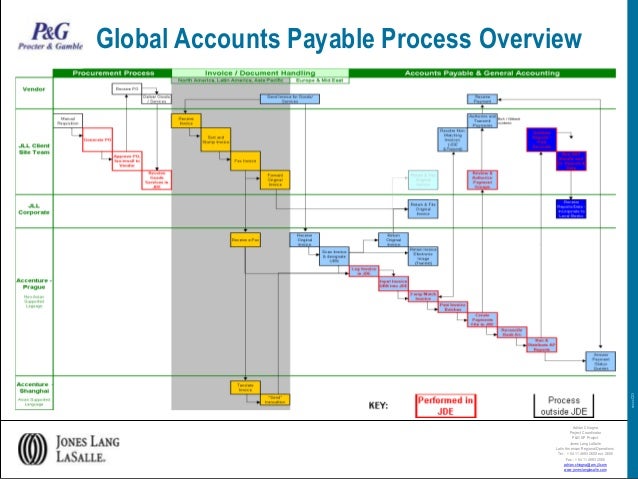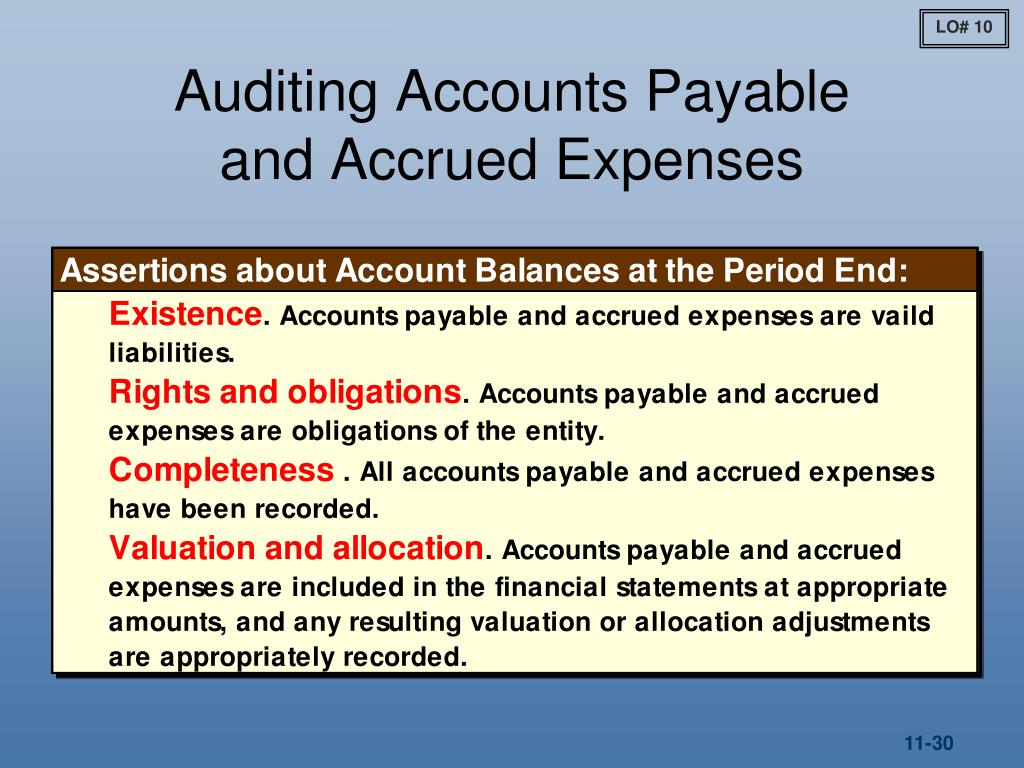

What is the correct accounts payable workflow? An automated accounts payable process enables visibility into your company’s financial wellbeing and can unlock insights that help your business grow. To optimize your accounts payable workflow, automation is key. By optimizing your accounts payable workflow, you can gain insight into cash flow, make better business decisions, and ensure strong relationships with vendors and suppliers. You should ideally have access to real-time reporting capabilities and automate as much of the reconciliation process as possible.Accounts payable (AP) is an important signal in understanding the financial health of a business.

This can negatively impact financial projections and hinder strategic planning for future ventures. Without real-time data, business leaders don’t know how frequently their vendors are being paid. Making informed decisions without real-time informationĪn important aspect of AP management is knowing that your reports are current and that your financial records provide accurate visibility to current AP balances. The costs add up quickly when you consider the hundreds or thousands of invoices your business processes yearly.Īdditionally, AP employees’ time is spent responding to inquiries from suppliers, customers, and staff and fixing errors that have occurred. This cost may rise to $30-$40 per invoice, depending on the size of your business and the complexity of the AP process.

Manually processing invoices is expensiveĪccording to Levvel Research, the average cost to process a single invoice can be up to $15. In addition to being physically and intellectually draining, scanning paper, manually entering data into a spreadsheet, and dealing with paper checks is time-consuming.Īnd dealing with the paper pile-up - filing, categorizing, and storing documents - is taxing and takes up a large amount of precious office space.Ĥ. Would you want to do business with an organization that paid your invoice incorrectly or late? Most likely not.įewer than 15% of organizations process invoices in less than three days. Late payment penalties and interest charges can take a toll on your bottom line.Įrrors and late payments can harm your vendor relationships.

Second, late payments are an AP employee’s worst nightmare.
#ACCOUNTS PAYABLE PROCESSING MANUAL#
To avoid missing any invoices requires careful attention.ĭata entry errors are one of the most frequent issues seen during the accounts payable process, whether it be a manual key-in error, an erroneously coded line item, or a malfunctioning Excel spreadsheet formula. Once you have an invoice, you must either physically deliver it to someone in the office for processing or send it to approvers via email. It's not uncommon for accounts payable teams to manually manage their workflows and procedures, which makes it easy for a few invoices to get lost in the shuffle.Įven in 2023, invoices are sent via mail, email, desk delivery, and occasionally fax. Here are the five most common accounts payable pains that can negatively impact your business's efficiency, accuracy, bank account, and supplier relationships. And unfortunately, issues with poor accounts payable performance aren't always easy to identify, particularly if a business has a well-established AP procedure in place. Processing vendor payments can take a lot of time and effort, as anyone who has worked in accounts payable can attest. Good vendor management helps build strong relationships with suppliers, leading to better pricing, improved quality of goods and services, and enhanced supply chain management. The AP department is also responsible for the management of vendor relationships, including maintaining up-to-date vendor records, negotiating payment terms and discounts, and resolving disputes or issues that arise. Mark the invoice as paid in the accounting system.If there is a discrepancy, the AP team must contact the vendor to resolve the issue. Perform a 2-way match (invoice and PO) or a 3-way match (invoice, PO, and confirmation of goods/services delivery).Confirm the invoice is legitimate, accurate, and not a duplicate.The AP process flow includes the following steps: The accounts payable process involves the tracking, management, and payment of a company's debts and financial obligations to its suppliers and other creditors.


 0 kommentar(er)
0 kommentar(er)
